China has been in the smartphone game for years now and in that time Chinese smartphone manufactures have produced some truly inspirational devices which have lead the market. Here are our picks for the 8 most iconic Chinese smartphones of all time!
Meizu M8
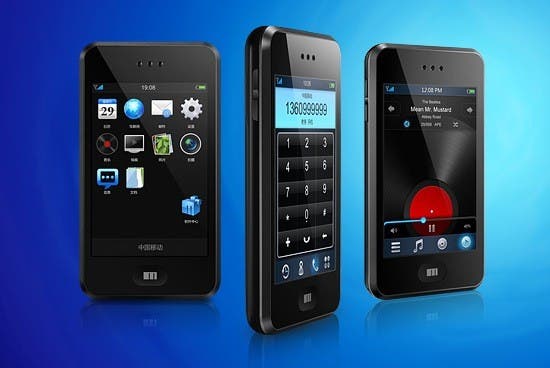
Way back in April of 2007 Meizu, one of China’s leading MP3 player manufactures, launched their first ever smartphone. 2007 was the real start of the Chinese smartphone scene, but unlike most of the low-cost, badly thrown together smartphones coming out of China at the time, the Meizu M8 was a highly advanced piece of technology and design.
Launched at around the same time as the original iPhone and with a similar design, it is easy to see why some journalists were quick to tag the Meizu M8 as a clone, a label we really don’t believe the M8 deserved.
The Meizu M8 ran a highly modified version of Window’s CE mobile OS which was transformed to look more like the iOS inspired Android themes we are used to seeing. The display measured 3.4-inch which a resolution of 720 x 480, there were options of either 8-16GB of internal memory and a 667mhz Samsung ARM11 CPU ran things.
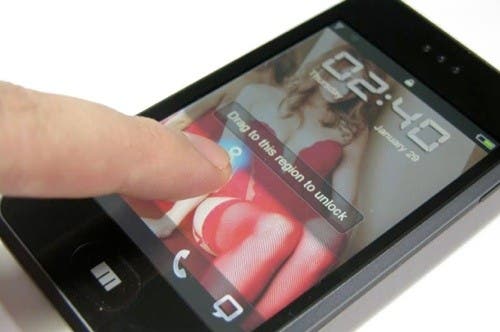
The Meizu M8 had a short life due to many calling the device a clone, and also due to Google Android OS taking hold at the time. The Meizu M8 still remains an icon with hackers managing to port Android over to their devices, and even Meizu themselves offering trade-ins for customers wanting to upgrade to the companies latest flagship devices!
Oppo A121

Oppo are now an international phone maker, with flagship devices which are equal to, if not better, than phones produced by large international stars. Like all huge consumer electronics makers though, Oppo has humble beginnings.
One of the earliest Oppo smartphones is the Oppo A121, aka the “small phone” due to the cute smiling design on the rear which hid the rear camera in one of the ‘eye’s of the phone.
Compared to the Meizu M8 which launched 3 years earlier, the Oppo A121 is nowhere near as advanced, but still managed to attract younger phone buyers who wanted their phones to offer more than just call and messaging features.
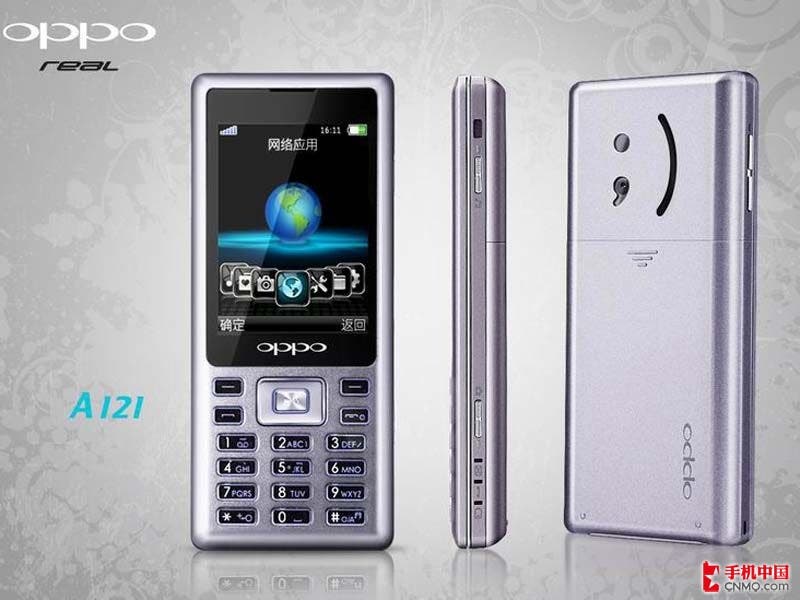
Oppo developed their own OS for the A121 based on Java which allowed additional apps to be installed, although not many were made available. Specifications included a 2.4-inch 240 x 320 display, physical keyboard, 2 mega-pixel camera and 900mhz battery.
Vivo X1
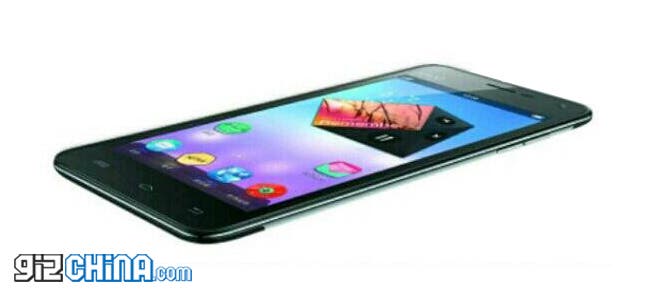
BBK, the company behind the Vivo brand (and the company which kick started Oppo) have a great following here in China, but it wasn’t until 2012 when international phone fans sat up and took notice of the rising smartphone star.
In 2012 Vivo launched the then world’s thinest Android smartphone (beating the Oppo Finder by just a hair). The 6.65mm Vivo X1 shocked the world for not only becoming the thinnest smartphone, but for its high-end specifications, and the quality of materials it was manufactured from.
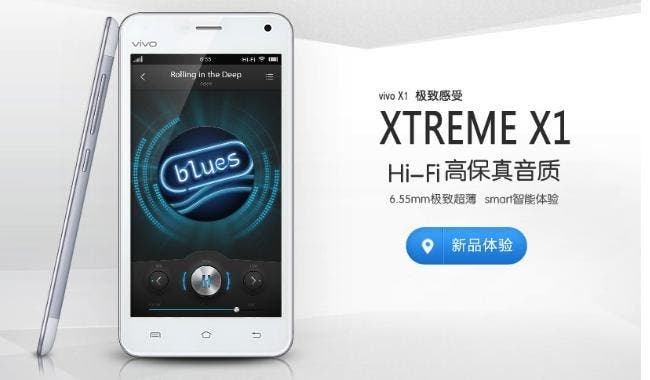
In the 6.65mm alloy body of the Vivo X1 they had managed to cram in a 2000mAh battery, Cirrus Logic CS4398 digital analog converter, CS8422 sample-rate convertor for audio, dual-core Mediatek MT6577T processor, 1GB RAM and 8 mega-pixel main camera.
The Vivo X1 remained in production as the Vivo X1S which received dual-SIM support and a more powerful quad-core processor.
JiaYu G3
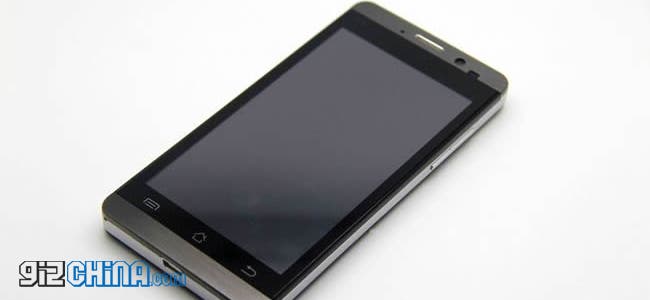
The JiaYu G3 can remembered for a number of reasons. It was one of the best looking and highly spec’d Chinese smartphones available of 2012 and it also suffered from the most delays of any Chinese Android smarpthone to date and was the phone that catapulted JiaYu in to the heart and minds of customers around the world.
The JiaYu G3 was, and still is, a great looking phone with a similar design to modern Blackberry devices. The front of the phone was made of a brushed alloy material available in silver or black, while the was removable to get at the battery.
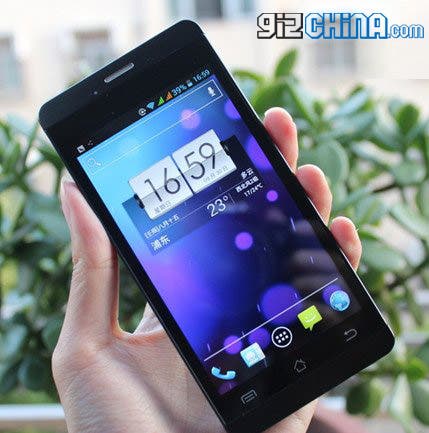
JiaYu originally launched the JiaYu G3 as a 1.2Ghz dual-core smartphone using the Mediatek MT6577 chipset with 1GB RAM. The phone also boasted a 1280 x 720 display, 8 mega-pixel rear camera, and dust just 999 Yuan ($160). The JiaYu G3 didn’t go out of production until last year, in it’s finally months of manufacture the G3 received an updated quad-core processor.
Gizchina News of the week
Newman N1
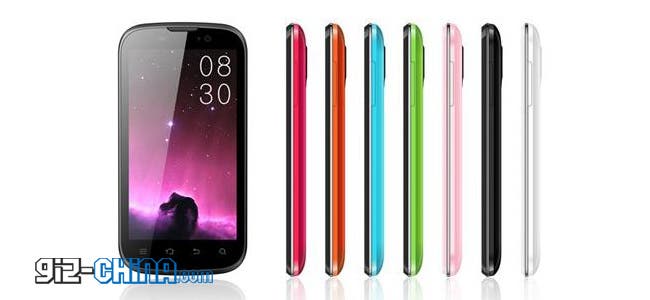
2012 was also the year digital audio manufacturer Newman decided to take the leap from making MP3 and MP3 players and start to produce Android smartphones. The first smartphone produced by Newman was sold as the Newman N1 in China and abroad, but international customers could also pick up the Freelander i10 which was basically the same phone.
Like phones produced at the same time as the Newman N1, the phone came with a dual-core MT6577 chipset, 1GB RAM, 8 mega-pixel rear camera and Gorilla Glass display.
The N1 was only in limited production and continued to sell out so fast that many customers at home and abroad were never able to get their hands on the first generation Newman phone.
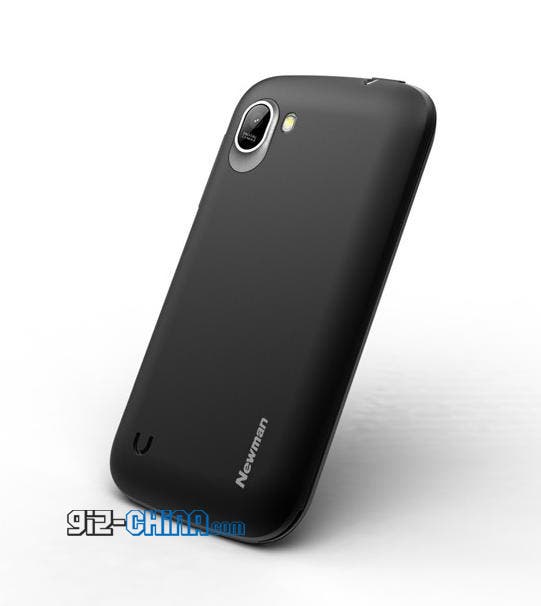
Since then Newman have continued to make new smartphones, however more recent phones have struggled to receive the same scale of excitement that the earlier N1 and later N2 were able to achieve.
Xiaomi M1
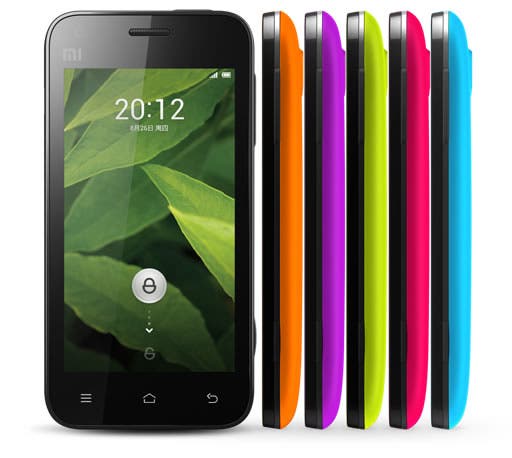
2012 was a great year for Chinese smartphone makers, and for companies wanting to diversify and include smartphones in to their range, but why? There are a number of possible reasons but we believe the launch of the original Xiaomi M1 in 2011, was the major factor which shook the Chinese phone scene.
At a time where most people looked down on the idea of a Chinese smartphone, one plucky team of investors decided that a Chinese phone with high-end hardware and a low-cost is exactly what the world needed.
In August of 2011 Xiaomi first made headlines with the launch of it’s first phone, the Xiaomi M1. The M1 blew away everything we had come to expect from a phone costing just $300. It packed a powerful Snadpragon dual-core processor, 1GB RAM and a large 4-inch display.
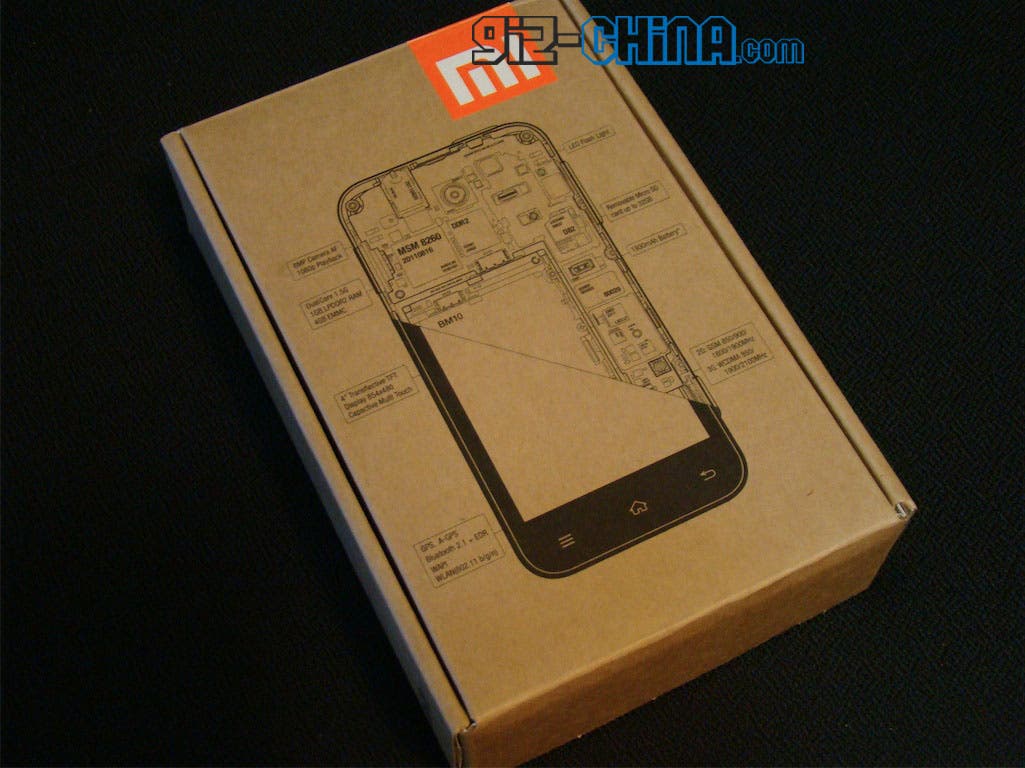
Ever year since the M1 launched, Xiaomi have launched new models at the same 1999 Yuan price point but have continued to improve the hardware, design and the MIUI OS.
Meizu M9
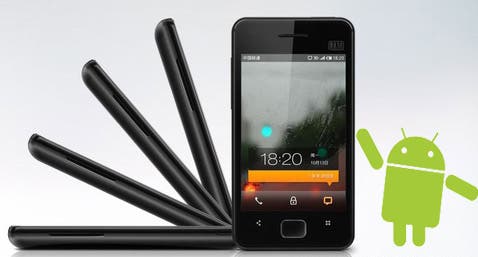
Meizu released its first Android phone in 2010. The Meizu M9 was an affordable device with great hardware, and actually the first Chinese Android smartphone I owned.
Meizu hoped that the M9 would be able to compete with the iPhone 4 which officially launched in China at around the same time. Both the M9 and iPhone 4 saw huge crowds, limited supply and were often compared to one another during reviews.
Meizu had already forged a partnership with Samsung and again offered the M9 with the same 1Ghz Samsung S5PC110 processor found in the then flagship Galaxy model. Reviewers who opened the Meizu M9 up also commented on how similar the M9 and the Samsung Galaxy were in terms of PCB design.
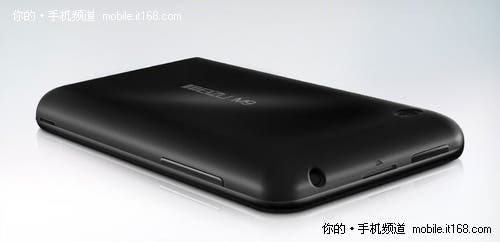
Other specification highlights included a 5 mega-pixel rear camera, removable battery and 3.5-inch Sharp AVS 960 x 540 display. Meizu game Android 2.2 a full make over to create their own OS which eventually became Flyme in later updates.
Although the Meizu M9 had a great specification it suffered from a number of issues including overheating, poor battery life, and app compatibility, details which were finally sorted by the time the first MX phones went on sale.
Oppo Find
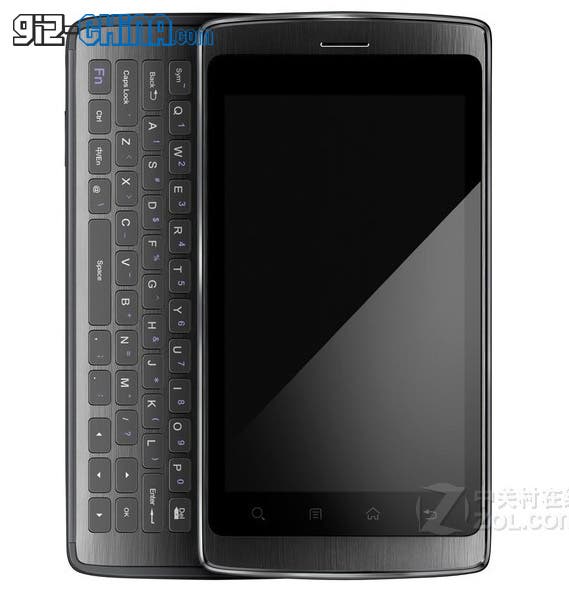
The first Android phone from Oppo also happened to be the first of the Find range of phones. The Oppo Find, aka the Oppo X903 was a big deal to the company to the point that they decided to hire Leonardo DiCaprio to star in the TV and billboard advertisements. The high-profile advertising along with good hardware and quality design were enough for the X903 to feature in international press.
The Oppo Find was the first and only Oppo device with a slide out Qwerty keyboard and 3.9-inch touch screen. The body was manufactured for alloy and specs included a 1Ghz Qualcomm Snapdragon MSM8255 CPU, 512mb RAM, 8 mega-pixel camera and their companies own Oppo NearMe app store and tweak Android OS.
Honrable mentions
Phones which were also considered for the list were the:
- Oppo Finder.
- GooPhone i5.
- Nubia Z5.
- Vivo Xplay.
- Zopo ZP998.
- Xiaomi Hongmi.
Are there any other Chinese smartphones which you think have helped shape the smartphone market place? Are their any others which you would consider ‘classics’? Let us know in the comments below.





Nice article,i remember really wanting the M1,but being shocked by reseller prices. Not much has changed since. If i ever have someone going to China i may get a Xiaomi,till then though,i’m not enriching online store owners.
Meizu M9 is my first android smartphone 🙂
Mine too 🙂
Me too.
NOT mine too 🙂 :p
Nice article,i remember really wanting the M1,but being shocked by reseller prices. Not much has changed since. If i ever have someone going to China i may get a Xiaomi,till then though,i’m not enriching online store owners.
Meizu M9 is my first android smartphone 🙂
Mine too 🙂
Me too.
NOT mine too 🙂 :p
I saw this posted on the MIUI-forums. Did you write that, or did you just copy all of it?
Still got my Xiaomi m1, despite having water split on it in a bizarre accent, still works. In retirement now though. Was one of the most pleasing to own phones ever, I never got bored of it.
I saw this posted on the MIUI-forums. Did you write that, or did you just copy all of it?
Still got my Xiaomi m1, despite having water split on it in a bizarre accent, still works. In retirement now though. Was one of the most pleasing to own phones ever, I never got bored of it.
In terms of impact, the only three that qualify are the Meizu M8, Meizu M9 and Xiaomi M1. The Xiaomi Hongmi would be in that list as well. The rest might have been important steps for their respective manufacturers, but hardly “iconic”.
nice article . and one of the most iconic phones from china is those cheap maded phones with tv receiver antenna which you could actually watch tv on them 😀 , and god knows what named os they were using on them (which actually was useless) 😀
In terms of impact, the only three that qualify are the Meizu M8, Meizu M9 and Xiaomi M1. The Xiaomi Hongmi would be in that list as well. The rest might have been important steps for their respective manufacturers, but hardly “iconic”.
nice article . and one of the most iconic phones from china is those cheap maded phones with tv receiver antenna which you could actually watch tv on them 😀 , and god knows what named os they were using on them (which actually was useless) 😀